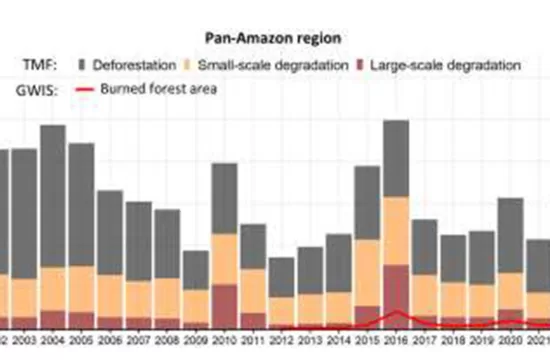
Over the past five years, International Data Corporation (IDC) has been documenting the rise of the digital economy and the digital transformation that organizations must undergo to compete and survive in this economy.
As the current decade comes to an end, the digital economy is approaching a critical tipping point. In just a few short years, IDC predicts that half of all GDP worldwide will come from digitally enhanced products, services, and experiences.
As the digital economy becomes responsible for a growing share of enterprise revenue, it has also become an increasingly important item on the CEO’s agenda.
According to IDC, CEOs should focus on four key areas when thinking about the digital economy:
- Customers: There are new customer requirements that need to be met as millennials enter their peak earning years. These include creating empathy with customers at scale; pivoting operations from throughput and efficiency to market-driven objectives; and engendering trust with customers.
- Capabilities: New capabilities will be needed to succeed, such as becoming an intelligent (AI-driven) organization, creating software to deliver innovative services and personalized experience at scale, and implementing new work models within the organization.
- Critical Infrastructure: CEOs will also need to shift their view of critical infrastructure as physical plants and buildings are replaced by digital IT infrastructure and connectivity. This will be necessary to ensure reliable digital services and experiences and to create the pervasive experiences digital customers expect.
- Industry Ecosystems: The most challenging item on the CEO agenda will be what becomes of their industry as new ecosystems develop and power shifts among industry players. To succeed, CEOs will need to define the new value in the digital economy, who their new partners will be, and what role they will play in these ecosystems.
“Organizations face a challenging timeline over the next three years,” said Meredith Whalen, Chief Research Officer at IDC. “By the end of 2019, IDC believes 46% of organizations will be set up for a successful digital transformation– these are the ‘digitally determined.’
In 2020, these organizations will spend $1.3 trillion on the technologies and services that enable the digital transformation of their business models, products and services, and organizations. But investor fatigue will start to set in by 2021 and the organizations that have been working toward transformation for four or five years will be expected to show results.
Organizations that are lagging will be acquired, out of business, or subjected to new management. The organizations that are succeeding at digital transformation will deliver ‘multiplied innovation’ with new business models driving a significant increase in products, services, and experiences.”
To help guide CEOs, key decision makers, and technology suppliers to meet the demands of the digital economy, IDC will launch nine new research practices in 2020 that bridge its traditional technology market view with a business outcomes view.
The objective of the practices will be to provide context to what is happening in the digital economy – explaining the desired business outcomes, such as engendering trust or becoming an intelligent organization, and how technology can be used to achieve these outcomes.
Each practice will bring together multiple IDC products under a common theme that relates back to the business outcomes organizations are pursuing. The practices will be global, cross-functional, and organized as a virtual team.
The practices will also be aligned with the new CEO agenda. To address new customer requirements, three practices will focus on: developing relationships with customers at scale; pivoting operations from efficiency and resiliency to meet market demand for customization; and developing digital trust programs.
To help the C-suite develop new capabilities, three more practices will examine how to: add intelligence to business processes; become a software developer that creates and distributes digital services at scale; and create a work model that fosters human-machine collaboration and enables new skills and worker experiences.
To overcome legacy thinking about what constitutes critical infrastructure, two practices will show that: business metrics are tied to reliable digital services and experiences which depend on digital infrastructure; and orchestrating connectivity across the workforce, customers, operations, and partners is critical to creating pervasive experiences. The final practice will help CEOs to define new value in the digital economy.







